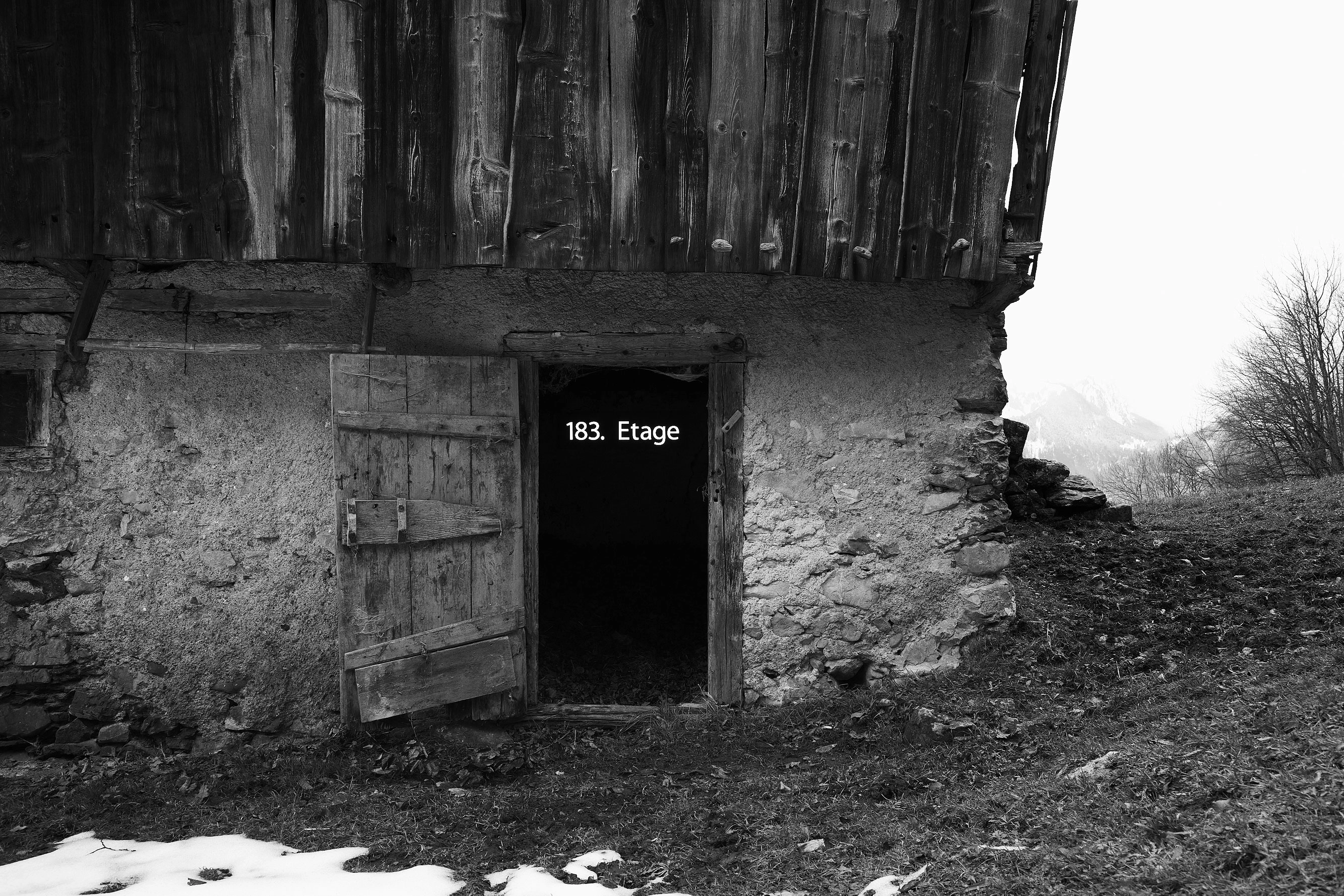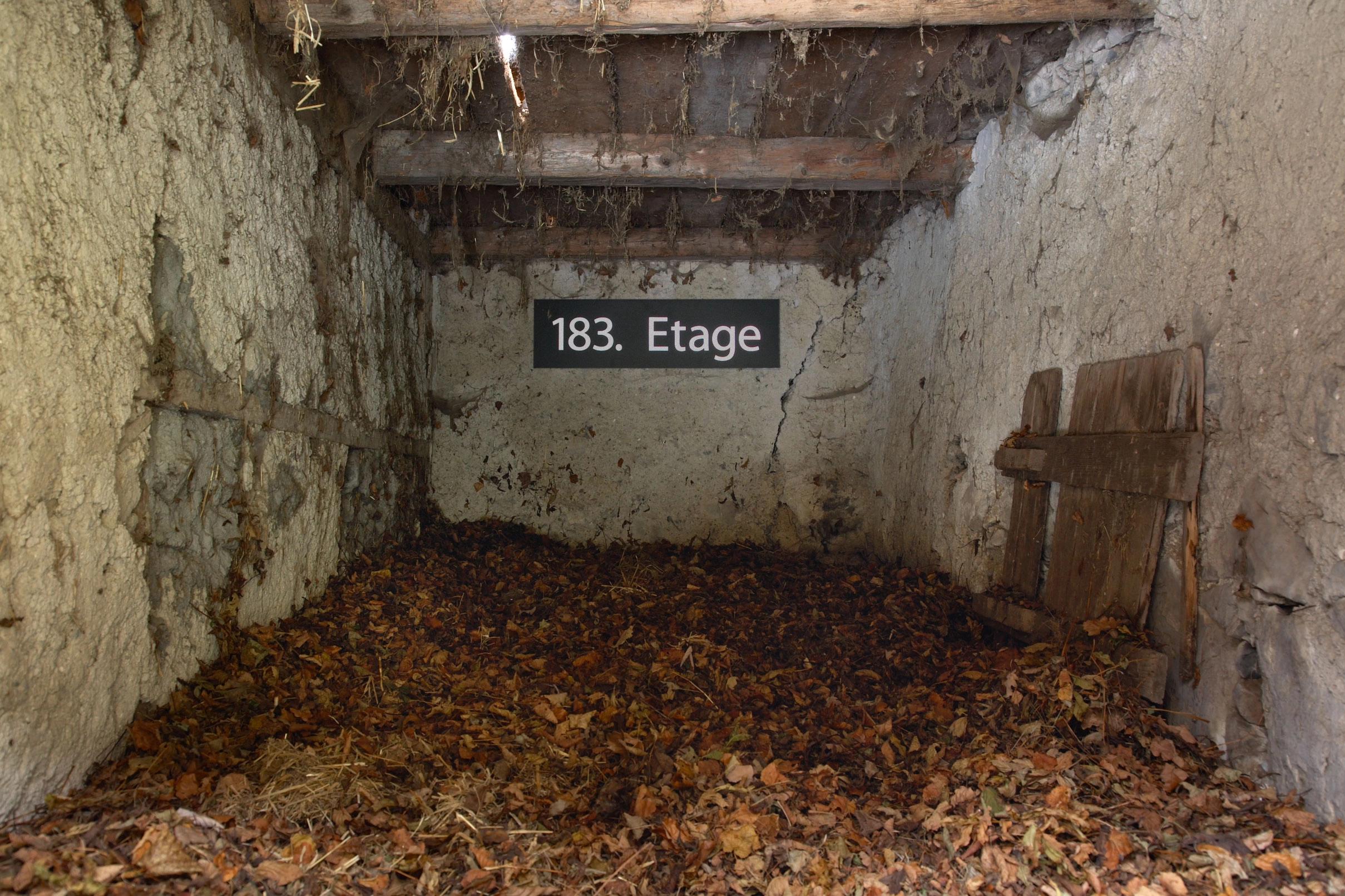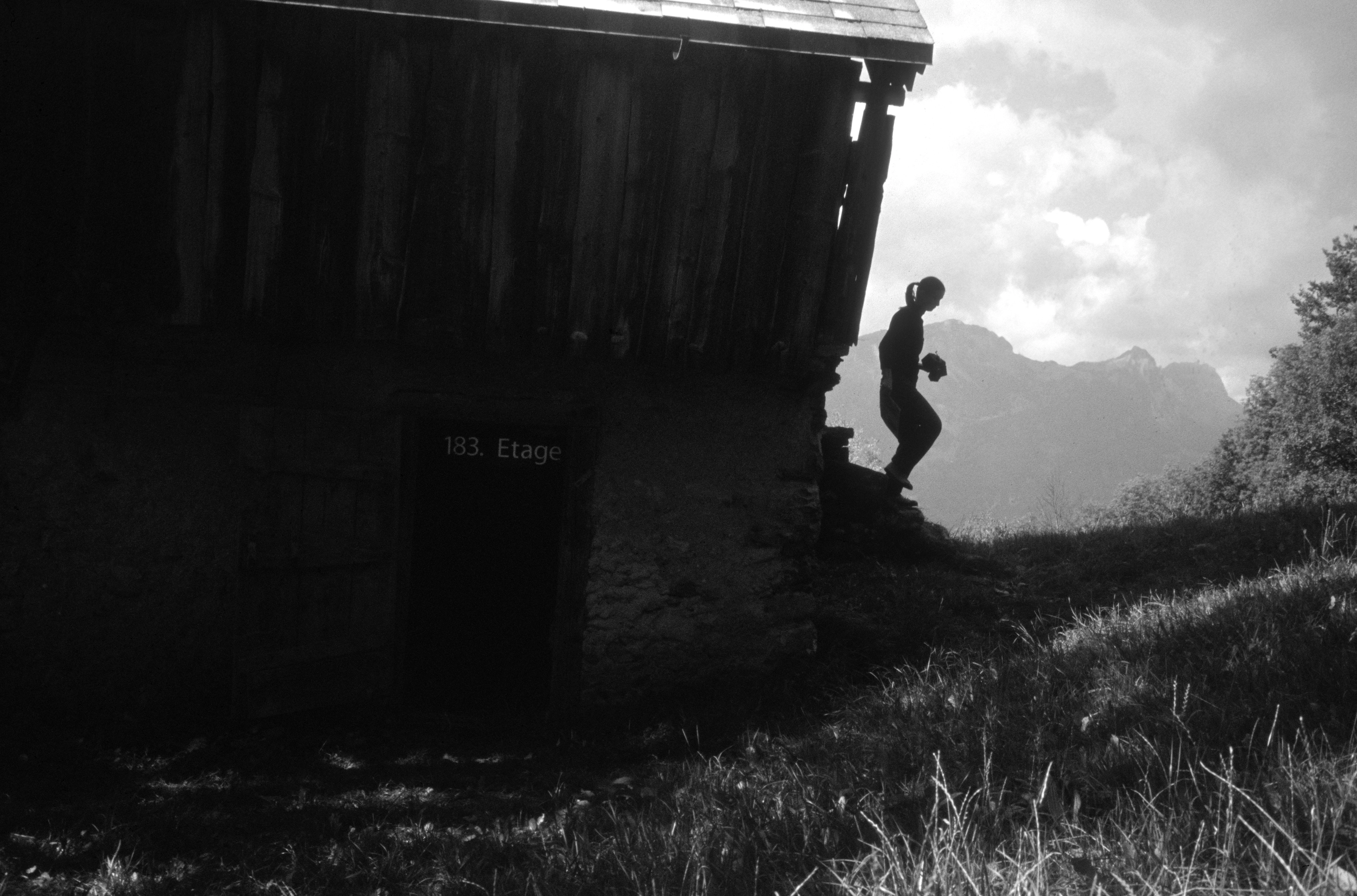When I met Elizabeth Wright in London in 1992, two years after she completed her studies at the Royal College of Art in London, she and Giorgio Sadotti were running the Modern Art exhibition space in their studio. For several years, the young Wright had been copying ordinary, inconspicuous objects that had somehow attracted her notice. Slightly changing the scale, she began to copy furniture, clothing, books, buildings, files, cars, and bicycles, and later still even the skid marks made by vehicles that brake suddenly.
The evening gown and fur coat that she sewed in 1991 in exchange for a stack of books and that were then on show at Modern Art both made a lasting impression on me. In 1997, I included the evening gown in an exhibition titled Three Rooms for Julie Bondeli at Erika and Otto Friedrich’s gallery in Bern. While Wright’s early works suggest a surrealist worldview with shades of Alice in Wonderland, she later applied a photographic gaze to capturing reality, and began creating art to authenticate her visual memory. Her objects, made by hand after photographs, are essentially artefacts, although their visual presence is indistinguishable from the originals.
In Amden, Wright focused on the precarious location of the barn housing the exhibition. She did not come to Amden prior to the exhibition. Instead, as for other projects in the public space, she first acquainted herself with the situation by having the region and the building described to her and by studying maps and photographs of the landscape. These she examined with the eyes of a city dweller. Struck by the extremely urban surroundings in which the barn was located, she wanted to know whether it was architecturally typical of the region. She asked for photographs of the largest building in the area and then studied its dimensions as well as those of the landscape. The photographs reinforced Wright’s idea of creating a work that would take into account the specific location of the building in a forest clearing high above Lake Walensee, and also the fact that visitors, after hiking through the wide-open landscape of the Amden depression, enter a dark room with no artificial light. Wright envisioned the cowshed as a skyscraper built into the mountain, accessible at sea level with only the two topmost storeys rising up out of the cliff. Inside the old, two-storey barn, viewers encountered black plates like street signs, legible only when the open door admitted daylight. The sign in the two ground-floor spaces read “183. Etage” (183 rd floor) and that on the second floor “184. Etage” (184 th floor). Wright’s deliberate disorientation of viewers combined with the exposed location of the building exploited the situation to dramatic effect, translating it into the experience of standing in a high-rise building in front of an open lift.
The point of departure for the development of the installation was not the artist’s immediate experience of the location, which since the 1960 s has ordinarily been taken for granted for works executed in the landscape, but rather the second-hand experience of documents and reports. Elizabeth Wright seeks means of making the mediated perception of reality resonate in her work. Unlike in the work of other artists after Duchamp, decontextualization in her oeuvre leads to a commensurably ambivalent understanding of reality.
– Roman Kurzmeyer

 Images
Images
 Info
Info





 2018, Involuntary Work
2018, Involuntary Work